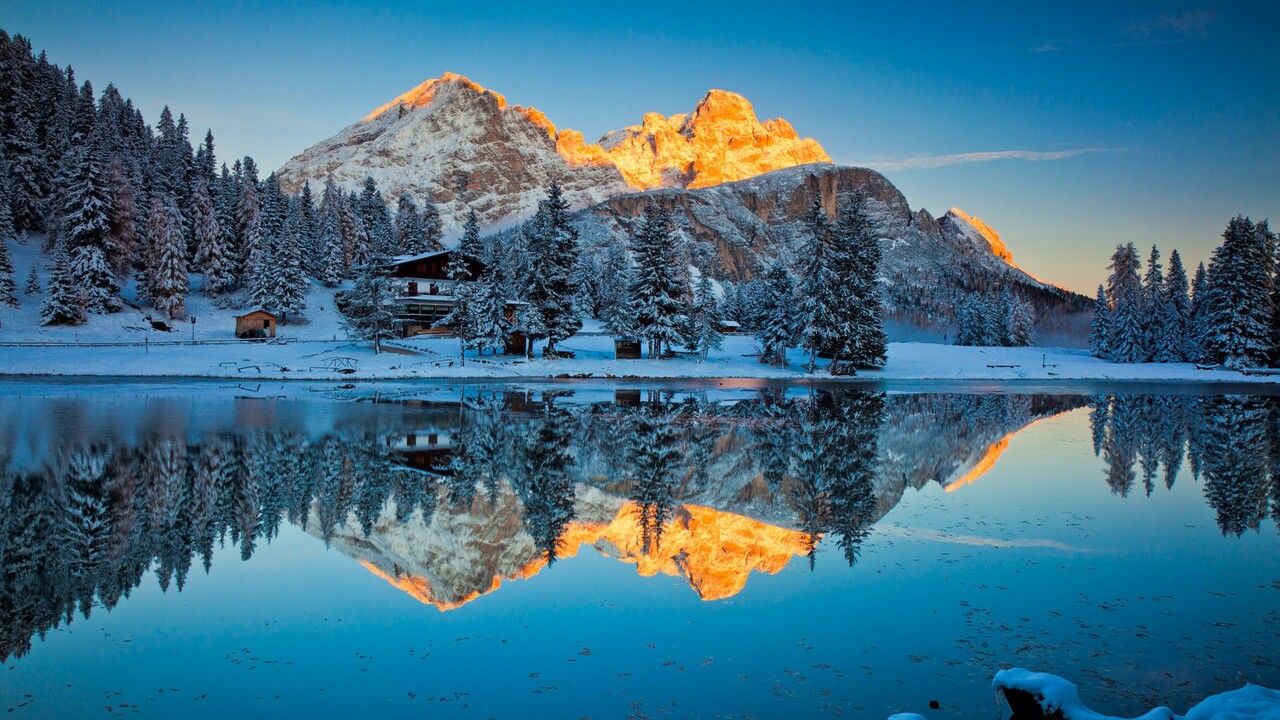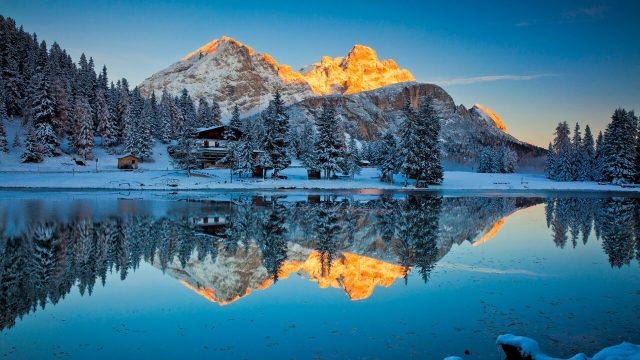
In the realm of photography, there exists a discipline that focuses on capturing the essence and soul of individuals through the art of portrait photography. Portraits have the remarkable ability to freeze moments in time, preserving our most heartfelt emotions, captivating the viewer with their timeless allure. It is an art form that has transcended the boundaries of visual representation, delving deep into the depths of human expression and revealing the stories etched upon our faces. Through careful composition, lighting, and the skillful guidance of the photographer, portrait photography unlocks a gateway into the inner world of its subjects, offering a glimpse into their thoughts, dreams, and aspirations. With every click of the shutter, a story unfolds, creating a profound connection between the subject and the viewer, leaving behind an indelible impression that transcends generations. So, come join us as we embark on a journey to explore the captivating world of portrait photography, where the beauty of moments frozen in time awaits to be discovered.
History of Portrait Photography
Portrait photography has a rich and captivating history that spans centuries. From its earliest beginnings to the modern-day, this art form has evolved alongside advancements in technology and cultural shifts, capturing the essence of individuals and societies throughout time.
In ancient times, before the invention of the camera, portraits were created through various artistic mediums such as paintings, sculptures, and drawings. These exquisite creations highlighted the physical features and personalities of the subjects, offering a glimpse into the lives of the affluent and influential.
The invention of the camera in the early 19th century revolutionized portrait photography. Pioneers such as Louis Daguerre and William Henry Fox Talbot introduced the world to daguerreotypes and calotypes, respectively. These early photographic processes opened up a new realm of possibilities, allowing photographers to capture and preserve lifelike images of their subjects.
As technology continued to evolve, portrait photography became more accessible to a wider audience. The introduction of roll film by George Eastman in the late 19th century made photography more convenient, enabling photographers to capture multiple images without the hassle of individual plates. This helped shape the future of portrait photography, paving the way for its eventual integration into popular culture.
From the iconic portraits of the early 20th-century photographers such as Edward Steichen and Dorothea Lange to the contemporary works of Annie Leibovitz and Steve McCurry, portrait photography has continued to capture the essence of diverse individuals and cultures worldwide. Through the lens of talented photographers, timeless expressions are frozen in a single frame, offering glimpses into emotions, personalities, and the human experience.
Stay tuned for the next section where we discuss the different styles and techniques employed in portrait photography, showcasing how this creative art form continues to evolve and inspire.
Techniques and Tips for Capturing Timeless Expressions
When it comes to portrait photography, capturing timeless expressions is key. These tips will help you bring out the best in your subjects, ensuring that their personalities shine through.
-
Establish a Connection: Building a rapport with your subject is crucial for capturing genuine expressions. Take the time to have a conversation and get to know them. This will help them feel more comfortable and at ease in front of the camera, allowing you to capture their true essence.
-
Pay Attention to Body Language: Body language plays a significant role in portraying emotions. Encourage your subject to relax and adopt a natural pose. Be observant of their movements and capture those subtle yet revealing gestures that convey their personality.
-
Timing is Everything: To capture those fleeting, spontaneous moments, timing is key. Anticipate the perfect moment and be ready to press the shutter button. The aim is to freeze those genuine expressions that cannot be contrived or replicated.
By incorporating these techniques into your portrait photography, you will be able to capture timeless expressions that truly speak to the essence of your subjects. Remember to create a relaxed environment, observe body language, and embrace the power of timing.
The Importance of Communication and Connection
In the realm of portrait photography, the ability to effectively communicate and establish a genuine connection with your subjects is crucial. This dynamic plays a significant role in capturing timeless expressions that truly reflect the essence of the individual being photographed.
When the photographer establishes a rapport with their subject, it creates a comfortable and relaxed atmosphere. This allows them to let their guard down and show their authentic self. Genuine expressions and emotions are more likely to surface when there is a sense of trust and understanding between the photographer and the subject.
Communication is not solely about talking, but also about listening and observing. By actively listening to their subjects, photographers can gain insight into their personality, interests, and desires. This knowledge can be used to guide the direction of the shoot and capture the subject in a way that resonates with their true self.
Furthermore, non-verbal communication also comes into play during portrait photography sessions. It involves carefully observing body language, facial expressions, and subtle cues that can speak volumes. By being attuned to these signals, photographers can adjust their approach to create an environment that nurtures genuine connections and allows for powerful photographs to be captured.
In conclusion, the ability to communicate effectively and establish a genuine connection with subjects is essential in the art of portrait photography. By fostering trust, actively listening, and observing non-verbal cues, photographers can capture timeless expressions that reveal the true nature of the individuals they photograph.


